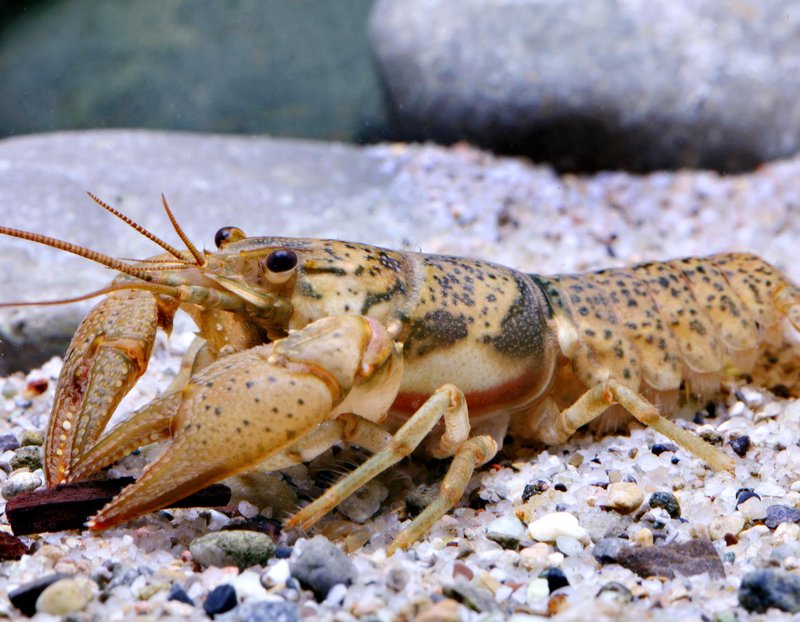For Immediate Release, September 16, 2020
|
Contact: |
Michael Robinson, (575) 313-7017, michaelr@biologicaldiversity.org |
Federal Protection Proposed for Two Missouri Crayfishes, Colorado Flower
DENVER— The U.S. Fish and Wildlife Service proposed today to protect a rare plant in southwestern Colorado and two crayfishes in a single watershed in Missouri as threatened under the Endangered Species Act.
The Service also proposed to designate 3,635 acres in Colorado as critical habitat for the Chapin Mesa milkvetch, 1,043 river miles for the St. Francis River crayfish, and 1,069 river miles for the Big Creek crayfish. (Those river miles partly overlap.) After accepting and then analyzing public comments, the Service must issue a final rule within a year.
“High-desert flowers and headwaters crayfish illustrate the amazing ways that life can flourish in every conceivable habitat,” said Michael Robinson of the Center for Biological Diversity. “The wealth of nature is shrinking all around us, but Endangered Species Act protection can save the milkvetch, crayfishes and many more species for future generations to be enriched by their presence.”
The Endangered Species Act has been successful in preventing extinction of more than 99% of species that are listed as endangered or threatened. Also, research shows that species with critical habitat designated for them are twice as likely to be making progress toward recovery as those without designated critical habitat.
The federal government is prohibited from taking actions, such as issuing permits, that destroy or harm critical habitat.
The proposed protection for the Chapin Mesa milkvetch resulted, at least in part, from conservation groups’ actions, which has been the usual pattern behind many listing and critical habitat decisions since the 1990s. But the Service took action for the crayfishes with no prompting from private parties and solely on the basis of its own information that the survival of both species is imperiled.
Background on the Species
Hosting creamy-white flowers on a purplish-green stem, the Chapin Mesa milkvetch survives almost exclusively in Mesa Verde National Park and the Ute Mountain Tribal Park, at around 7,000 feet in elevation. It relies on pollination by large insects, whose habitats the Service describes as important in the conservation of the milkvetch’s habitat. The milkvetch imparts a subtle color to the vegetative understory in juniper-pinon pine woodlands with reddish soils.
The Chapin Mesa milkvetch was first identified as needing protection from livestock grazing and other threats in 1975, and the Service proposed it for protection the following year — but then failed to follow through. Legal actions by WildEarth Guardians and the Center have now led to renewed federal action 45 years later.
The milkvetch is threatened by invasive plants such as cheatgrass, fire as well as fire-fighting actions, global warming-induced drought, and infrastructure development.
The Big Creek crayfish and St. Francis River crayfish live in the upper St. Francis River watershed upstream from Wapapello Dam, in southeastern Missouri. Both crayfish are one to two inches long. The St. Francis crayfish is a darker shade of brown than the Big Creek crayfish and prefers life under small rocks or shallow burrows in swiftly moving streams, while the Big Creek crayfish prefers pools and backwater areas.
Both crayfish are imperiled by the non-native woodland crayfish, which can displace the native crayfish as well as interbreed with them. The St. Francis River and Big Creek crayfishes are also threatened by heavy-metal contamination of their streams caused by mining.

The Center for Biological Diversity is a national, nonprofit conservation organization with more than 1.7 million members and online activists dedicated to the protection of endangered species and wild places.

